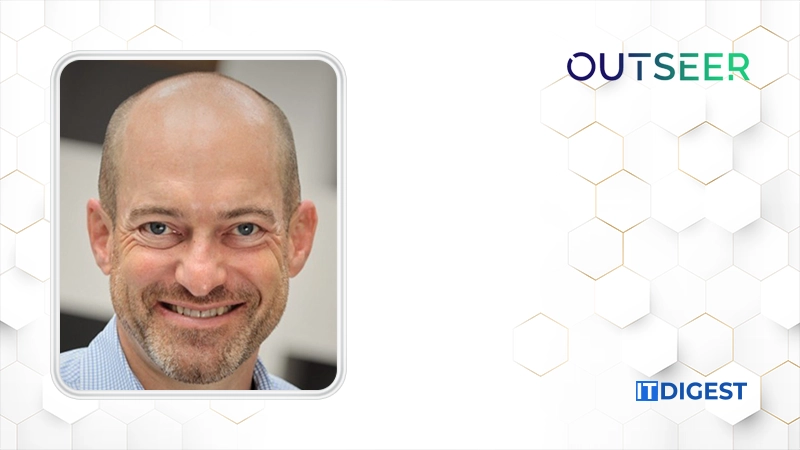Canopy, the first Intelligent Care Platform for oncology, announced Operator Pathways, an intelligent workflow tool to help phone operators accurately identify and escalate high-risk issues reported during patient calls.
Operators manage a large volume and variety of patient calls each day, often without clinical training to identify which issues require urgent medical attention. While free-text notes from these calls can aid in prioritizing nurse response, relying solely on “keyword” heuristics for prioritization can result in important issues slipping through the cracks.
With Operator Pathways in the Canopy Platform, operators are automatically presented with key questions from evidence-based Pathways to inform the triage process for any symptom-related call. This enables intelligent prioritization of urgent symptoms within Canopy’s centralized Work Queue for triage attention. Nurses then resume the pathway with the patient, ensuring timely and effective care.
“In oncology, triage is especially critical to patient care,” said Tanya Rowerdink, Director of Clinical Informatics at The Cancer & Hematology Centers. “Operator and Triage Pathways enable us to standardize quality care processes for non-clinical and clinical staff alike, ultimately driving better patient care.”
Practices also leverage the Canopy ePRO, enabling patients to digitally report symptoms without the need for a phone call. ePRO reports are automatically prioritized using similar evidence-based protocols as Operator and Triage Pathways. Studies of the Canopy ePRO and Platform demonstrate positive clinical outcomes for patients, including a 22% reduction in ER visits and hospitalizations and up to a 45% increase in treatment persistence at 3 months.
“At Canopy, we’re collaborating with oncology care teams to redefine the standard for triage processes and continuous care management,” said Lavi Kwiatkowsky, Founder & CEO of Canopy. “Whether patients share their experiences between visits with the Canopy ePRO or by phone, we are committed to ensuring the same standard of care and dedicated to streamlining this care delivery for hardworking care teams.”
SOURCE: PRNewswire
































